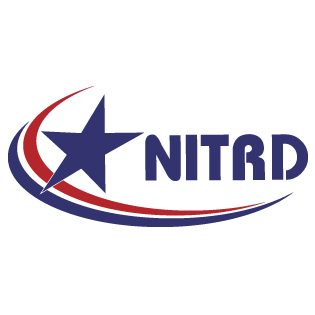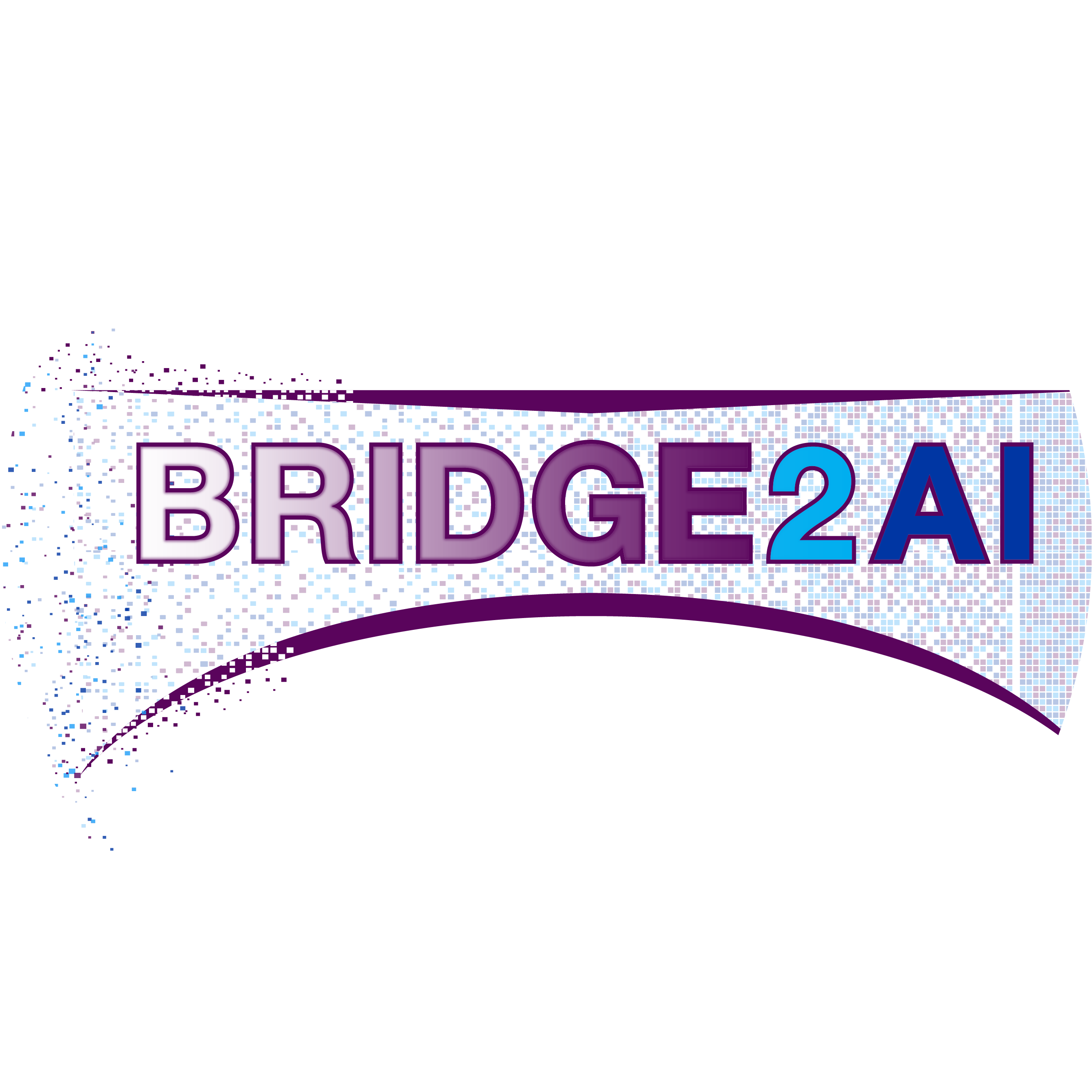
The National Institutes of Health (NIH) makes a wealth of biomedical data available to research communities and aims to make these data findable, accessible, interoperable, and reusable—or FAIR. Additionally, the NIH seeks to make these data usable with artificial intelligence and machine learning (AI/ML) applications.
NIH has unique needs that can drive the development of novel approaches and application of existing tools in AI/ML. From electronic health record data, omics data, imaging data, disease-specific data, and beyond, NIH is poised to create and implement large and far-reaching applications using AI and its components.
Learn more about artificial intelligence activities at the NIH and relevant policies below.
ODSS-Led Initiatives
Catalyzing new opportunities in AI and data science

Networking and Information Technology Research and Development (NITRD)
Coordinates IT R&D activities of 23 Federal agencies.

Bridge2AI
Propelling biomedical research by setting the stage for widespread adoption of AI

AIM-AHEAD
Establishing mutually beneficial and coordinated partnerships to empower researchers and communities across the United States in the development of AI/ML models

Policy Considerations and Guidance
Policies, guidelines, and best practices that should be considered as investigators pursue development and use of AI in biomedical and behavioral research
Advancing Health Research through Multimodal AI
Develops data-driven multimodal AI approaches

Institute- and Center-Funded Initiatives
Developing and implementing AI/ML technologies across biomedical research domains



